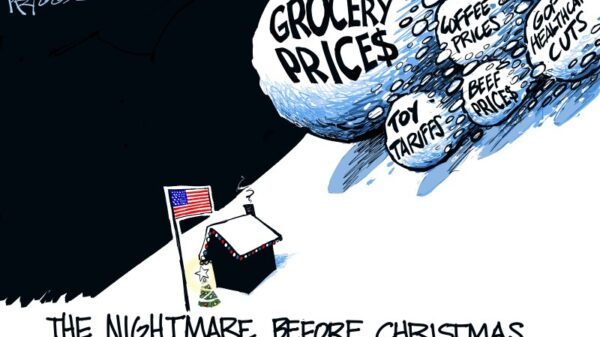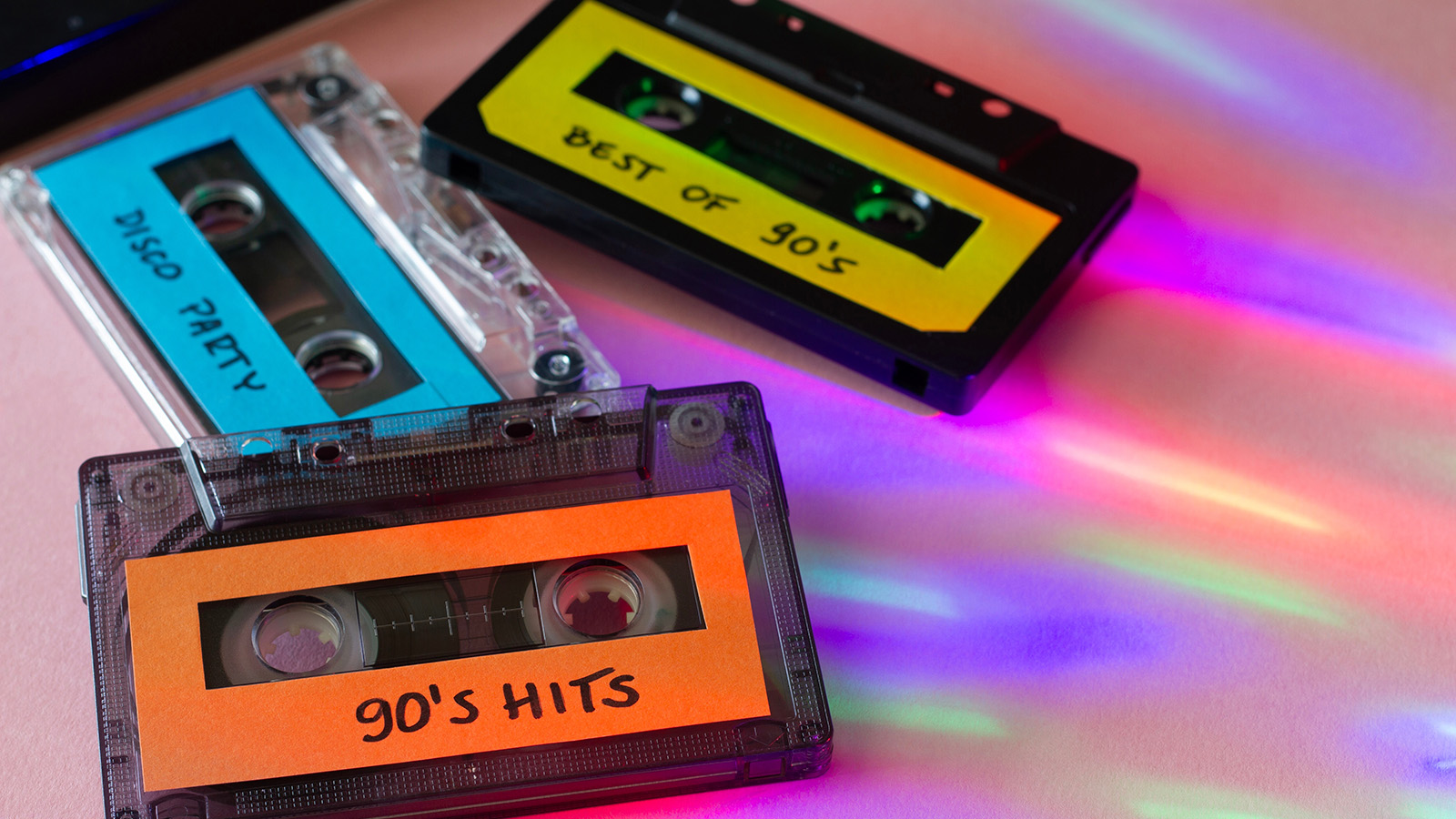The 1990s marked a transformative period for music, characterized by the emergence and evolution of various genres that reshaped the industry. From grunge and hip-hop to R&B and electronic, these genres not only defined the decade but also set the stage for the sounds of the new millennium. Artists and bands from this vibrant era left an indelible mark on popular music, influencing future generations.
Grunge and the Rise of Alternative Rock
Originating in the rainy garages of Seattle, grunge emerged as a powerful force in the early 1990s. This genre combined the raw energy of punk rock with the heavy distortion of metal. Bands like Nirvana and Pearl Jam became household names, while other influential groups such as Soundgarden and Alice in Chains contributed to the gritty aesthetic of the scene. Grunge not only revolutionized music but also introduced a fashion statement dominated by flannel shirts and a sense of youthful angst.
Simultaneously, alternative rock gained traction, offering a fresh perspective to mainstream audiences. The Red Hot Chili Peppers infused funk into rock, while bands like R.E.M. and Radiohead brought a more cerebral approach to their sound. The Britpop movement, led by groups like Oasis and Blur, further expanded the genre’s reach, creating a distinct identity that resonated with listeners globally.
The Evolution of Hip-Hop and R&B
The 1990s also saw hip-hop mature into a significant cultural force. East Coast acts like Mobb Deep and Puff Daddy faced off against West Coast legends such as Snoop Dogg and Dr. Dre. This rivalry not only defined the sound of the era but also paved the way for the rise of conscious rap and new jack swing. Artists like Missy Elliott and Faith Evans blurred the lines between hip-hop and R&B, enriching the musical landscape.
R&B dominated the radio waves with sultry sounds and powerful vocal performances from artists like TLC, Boyz II Men, and Aaliyah. This era was marked by intricate vocal runs and soul-infused slow jams, which became the hallmark of romantic soundtracks.
Teen pop emerged as a major force toward the end of the decade. Icons such as Britney Spears, *NSYNC, and Christina Aguilera transformed the genre into a commercial powerhouse, turning bubblegum pop into chart-topping success. Earlier in the decade, artists like Celine Dion and Mariah Carey dominated with their sweeping ballads and powerhouse vocals, cementing pop’s position at the forefront of the music industry.
Expansion of Genres and Global Influences
Country music also transitioned into the mainstream during the 1990s, driven by artists like Shania Twain and Garth Brooks. Their crossover appeal broadened the genre’s audience and showcased new sounds that resonated internationally.
The rise of electronic music reinvigorated dance floors around the world. The UK rave scene produced tracks like Underworld’s “Born Slippy,” while groups like Daft Punk and The Prodigy brought electronic sounds to mainstream platforms like MTV. This new energy defined the late-night warehouse parties and underground clubs of the decade.
Latin music also made significant strides in the 1990s, with artists like Ricky Martin, Jennifer Lopez, and Selena blending Latin rhythms with pop sensibilities. Their success opened doors for Latin artists in the English-speaking market and laid the groundwork for future cross-cultural collaborations.
Furthermore, ska experienced a punk-fueled revival, thanks to bands like No Doubt and Reel Big Fish. This genre, characterized by upbeat rhythms and brass sections, combined high-energy performances with genuine musical talent.
The decade also saw global music gaining traction. J-Pop acts, such as Hikaru Utada, began attracting international attention, while world music compilations introduced Western audiences to diverse voices and styles from around the globe.
As the 1990s drew to a close, the music landscape had been irrevocably altered. The genres that flourished during this time not only provided a rich tapestry of sound but also set the foundation for the musical innovations of the new millennium. Artists from this vibrant era continue to influence and inspire musicians today, demonstrating the lasting impact of 90s music on the global stage.





































































